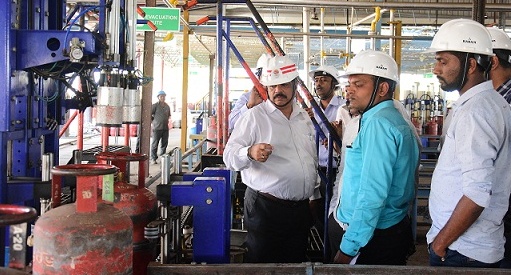Mumbai Pune LPG pipeline enters last phase of completion

Pune, 30 March 2019: Liquified petroleum gas (LPG) pipeline being laid by Indian Oil Corporation (IOC) between Mumbai and Pune is set to be ready in the next three months and is expected to start supply of LPG to industrial units as well as households after successful trials. This information was given by IOC officials at the time of a review held to mark the completion of 25 years of the oil company’s Chakan Project.
Mr Sharma said Indian Oil, Bharat Petroleum and Hindustan Petroleum get their gas supply from Uran. Hindustan Petroleum has undertaken the work to lay a 160 km pipeline between Uran and Pune. Nearly 90 percent of this work is complete and the pipeline will be fully laid in the next three months and regular supply will start after trials, he said. Pune receives 2100 tonnes of LPG which is carried by tanker trucks. Once the project gets operational there will be no need to carry the gas in tankers.
HPCL and Bharat Petroleum require 800 tonnes of LPG every day and Indian Oil requires 500 tonnes. After the commissioning of the new pipeline HPCL Talegaon, IOC Chakan and BPCL in Shikrapur will recieve LPG. This will save transport cost and reduce heavy vehicle traffic on the busy Mumbai Pune highway corridor. The depots in Karnataka will be supported from Pune thereby reducing a distance of 150 km.
Know your LPG
1. Weight of an empty gas cylinder is 15.8 kg and a filled cylinder weighs 30 kg. Thus each cylinder contains 14.2 kg of LPG
2. Liquid gas is filled at a pressure of 15 kg per square centimeter. 85 per cent of the cylinder is LPG and rest is LPG vapour. This proportion is maintained for LPG tankers as well and is considered as a standard safety measure.
3. Cylinders are also available in 5 kg, 19 lg and 450 kg. Smaller cylinders are used for domestic purposes, the bigger ones are used for commercial purposes and the cylinders of higher weight are used by industry.







